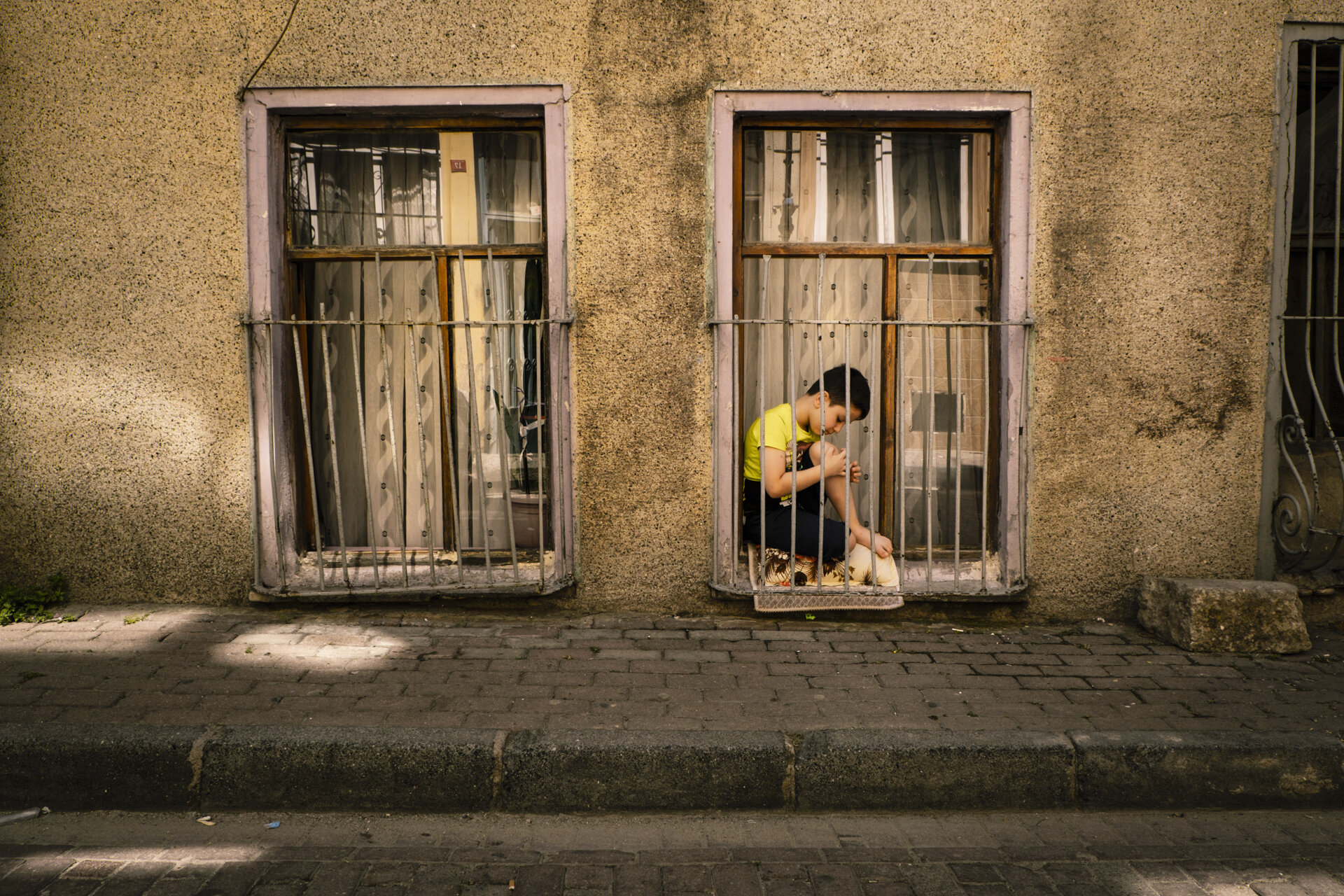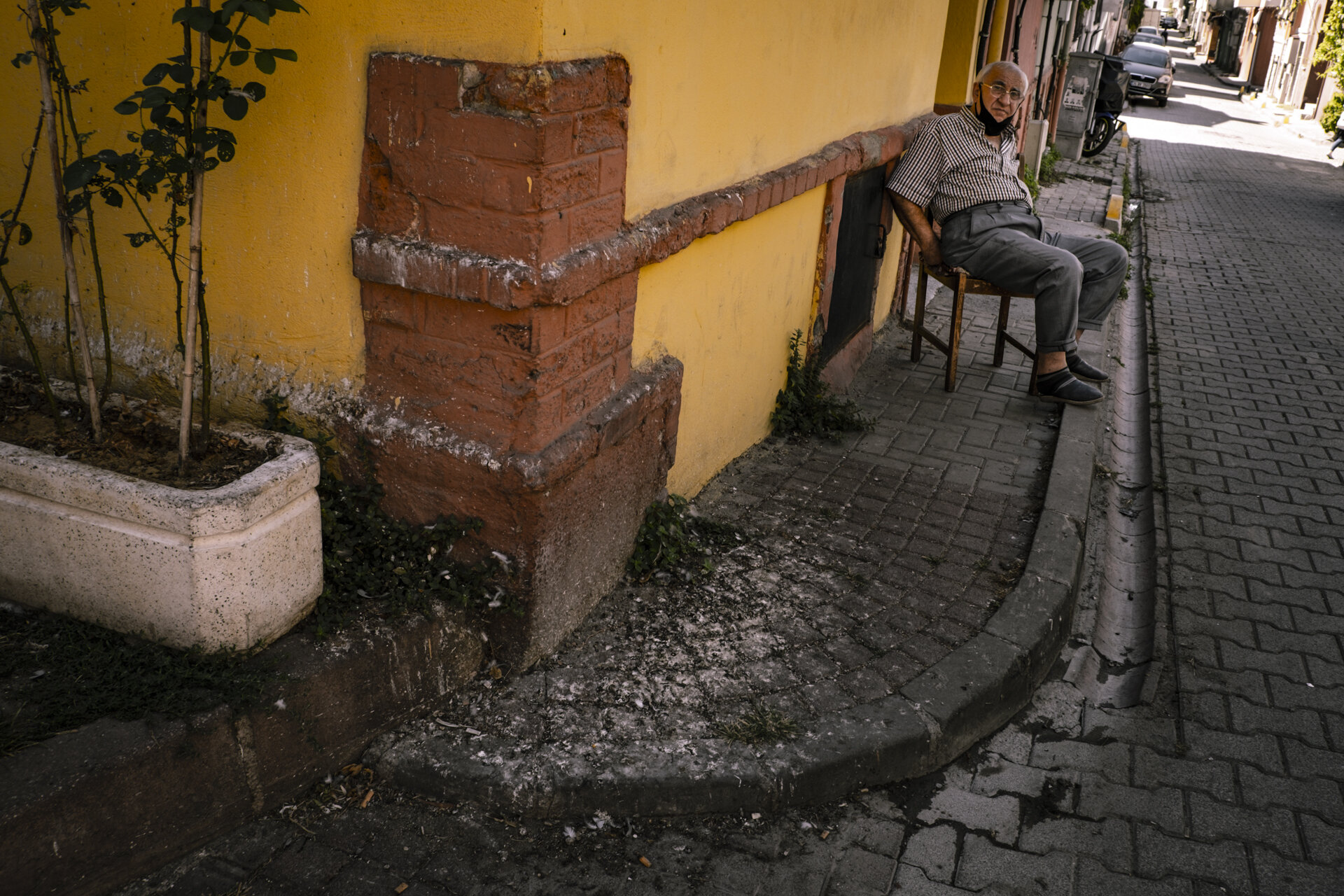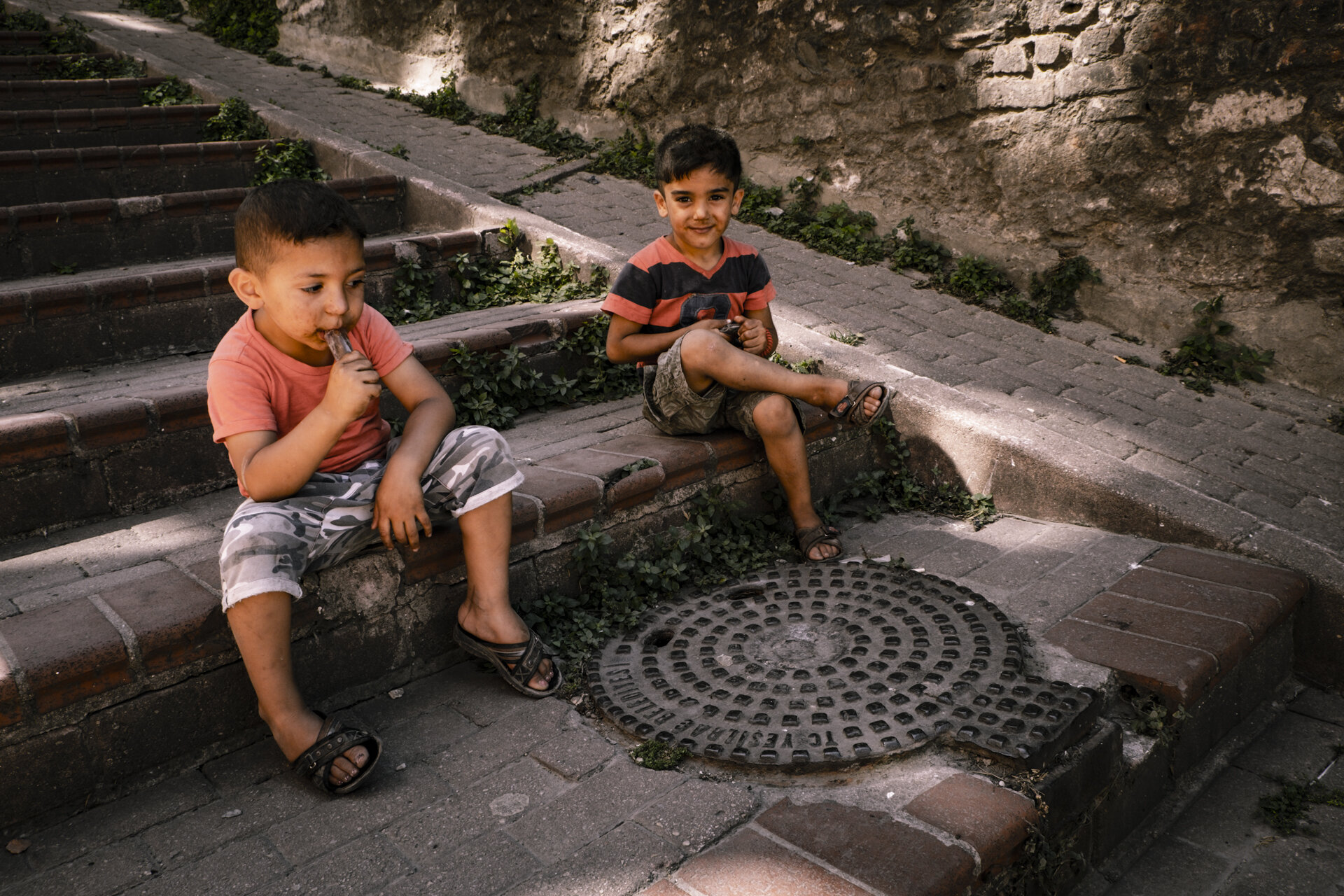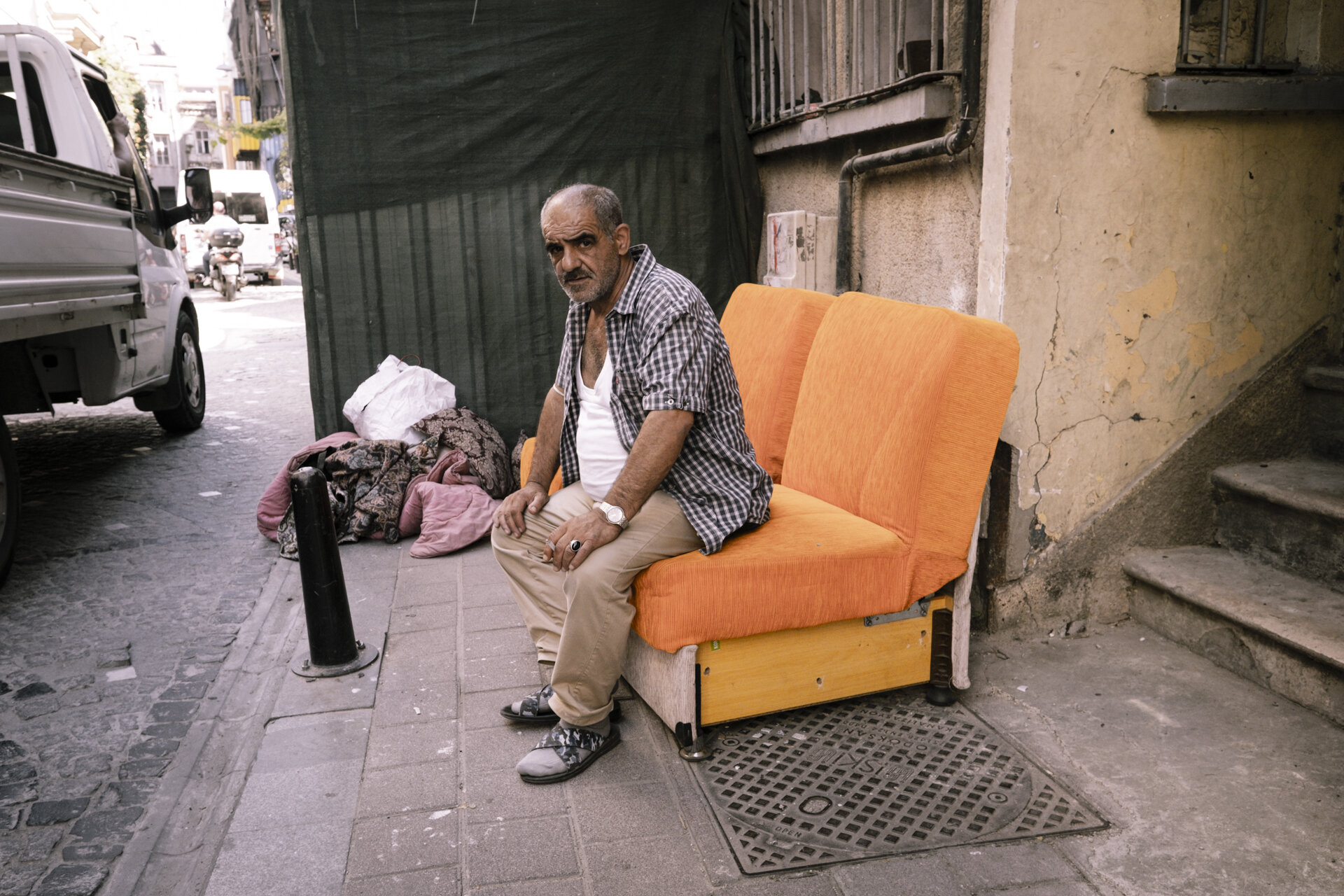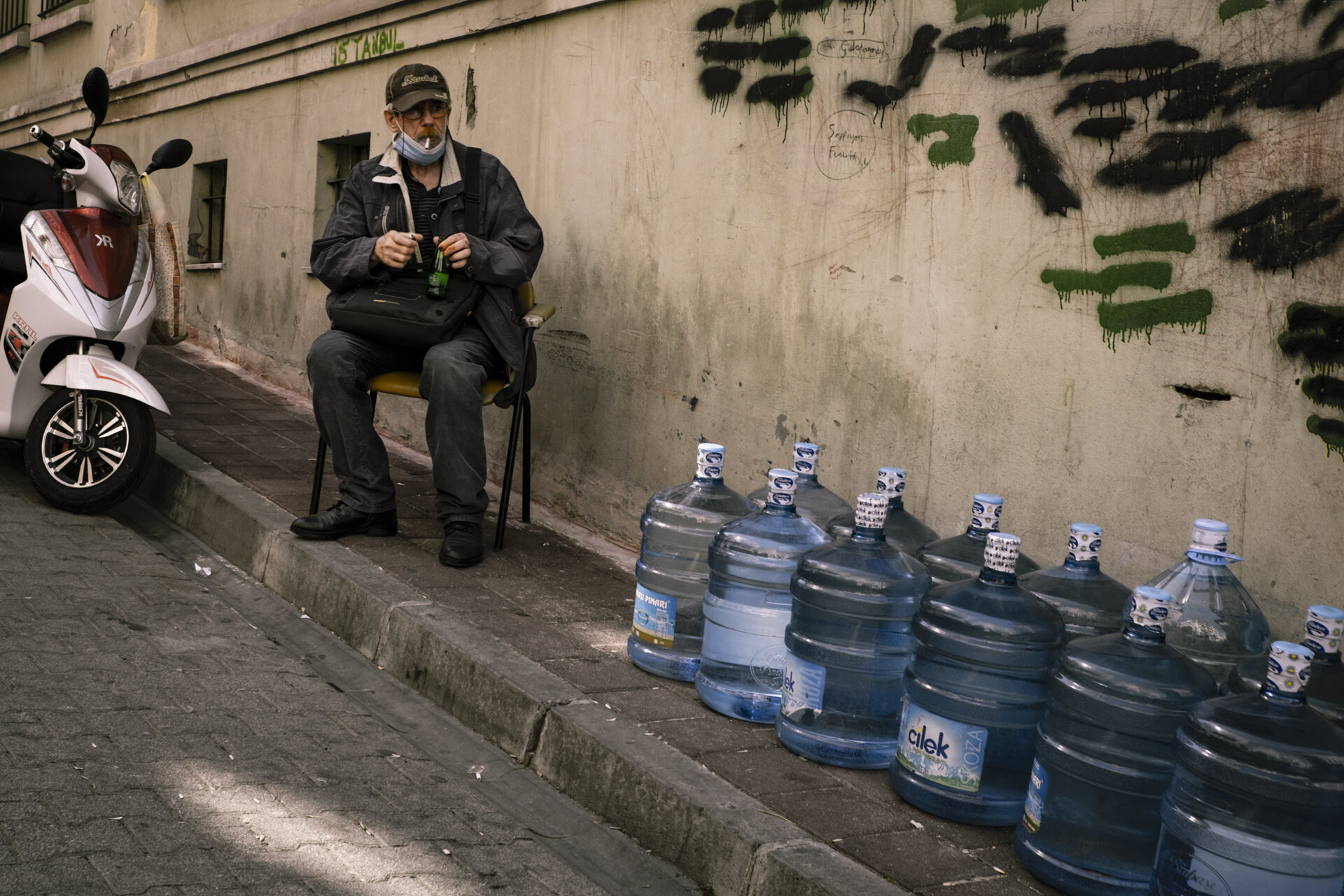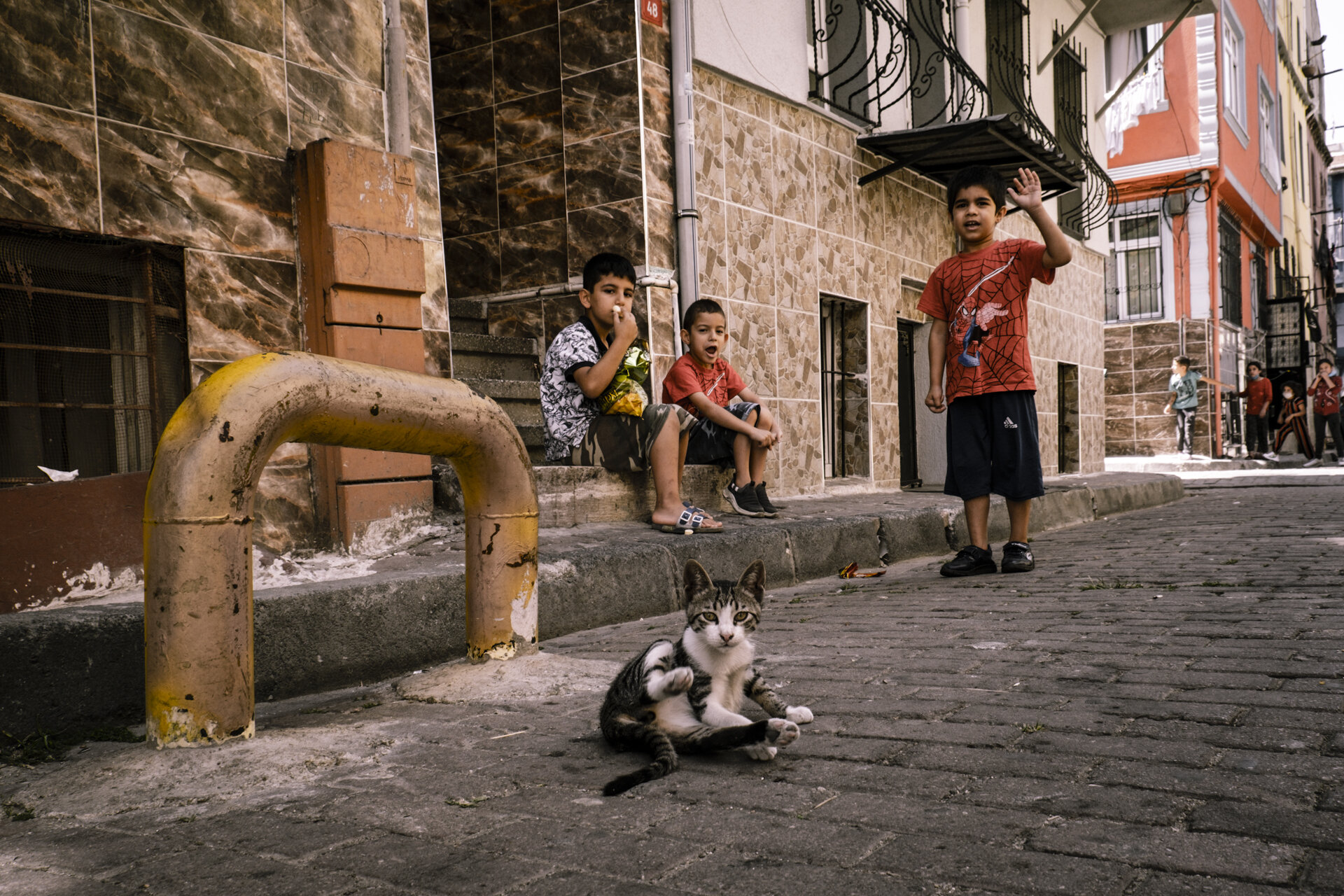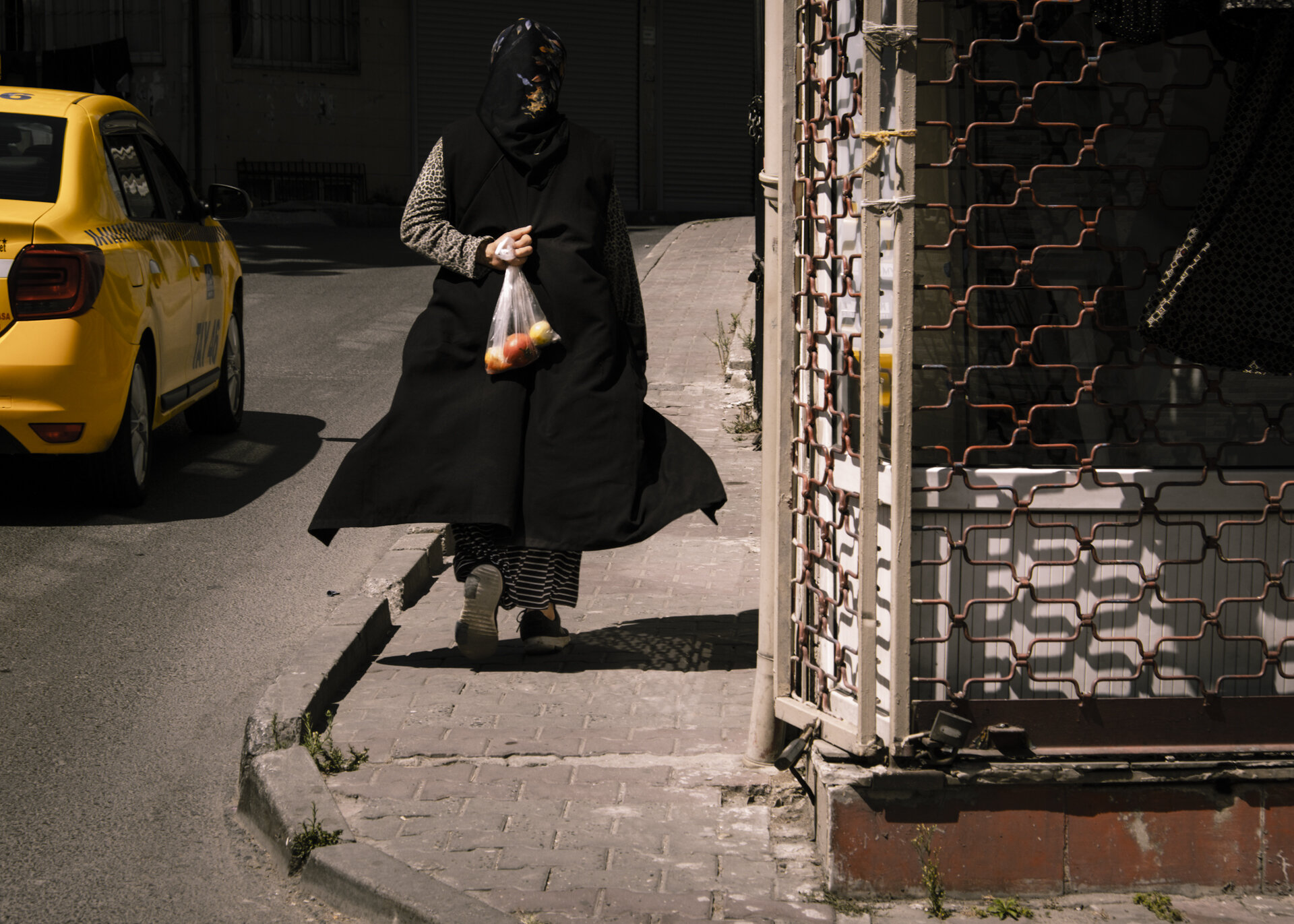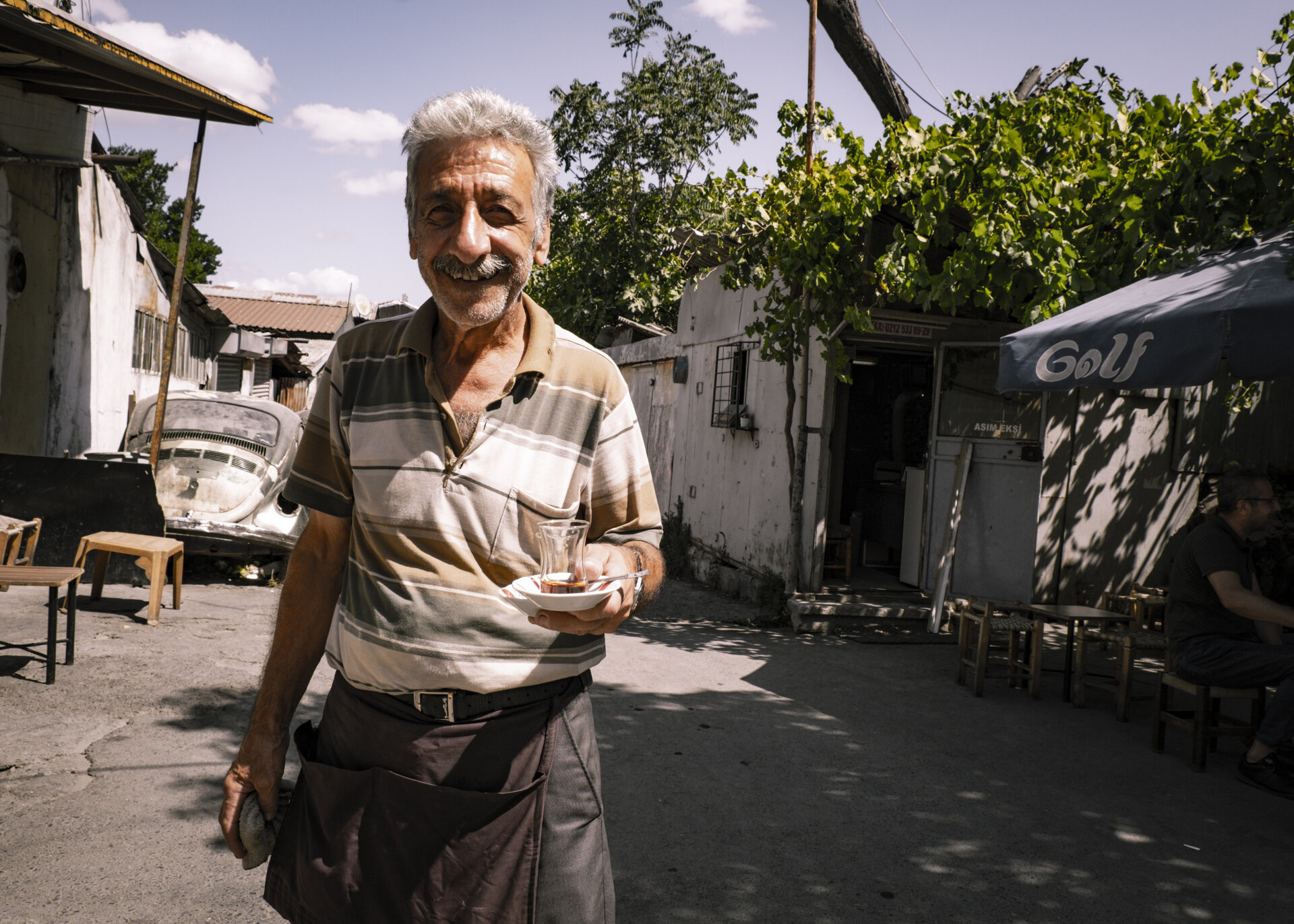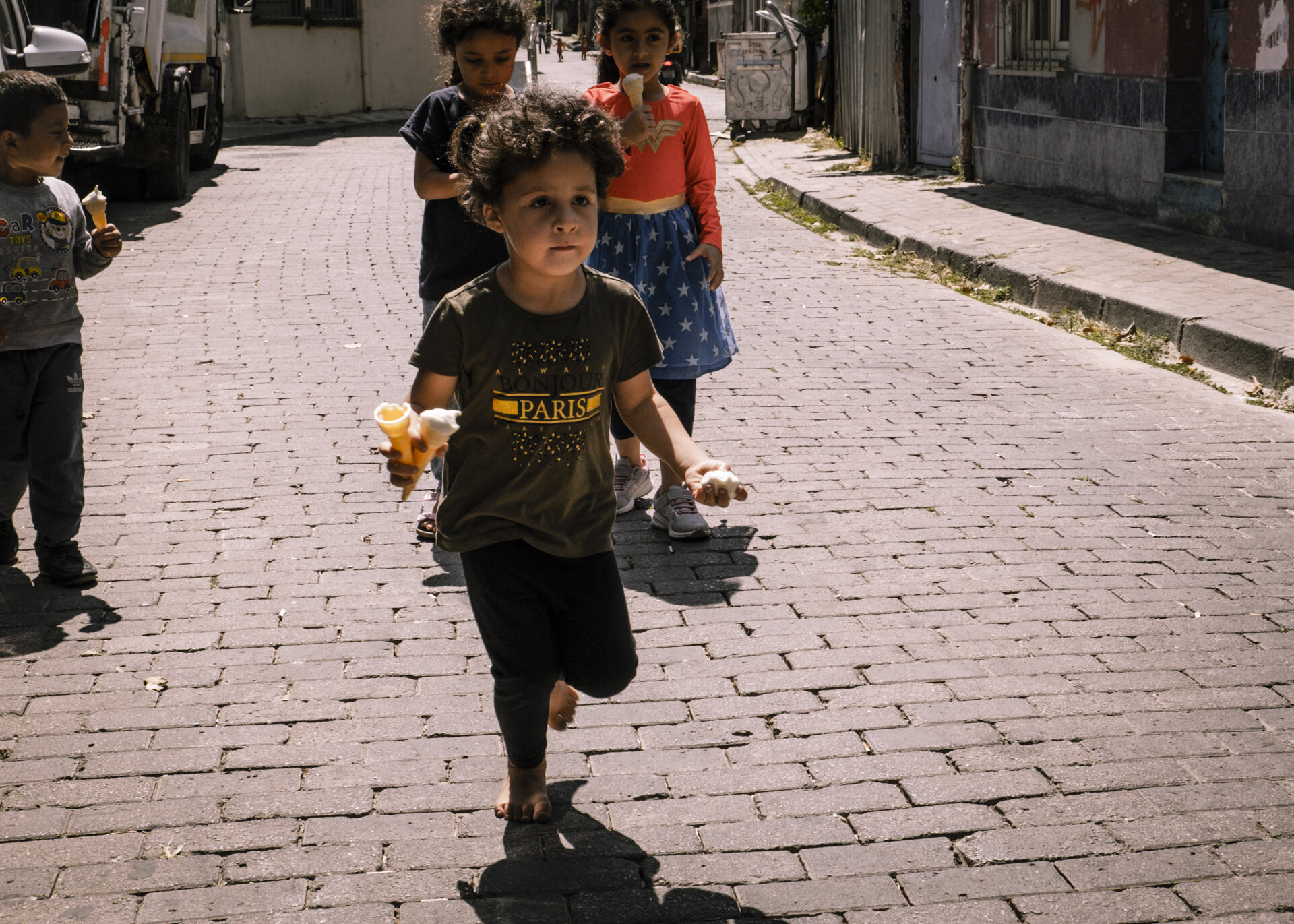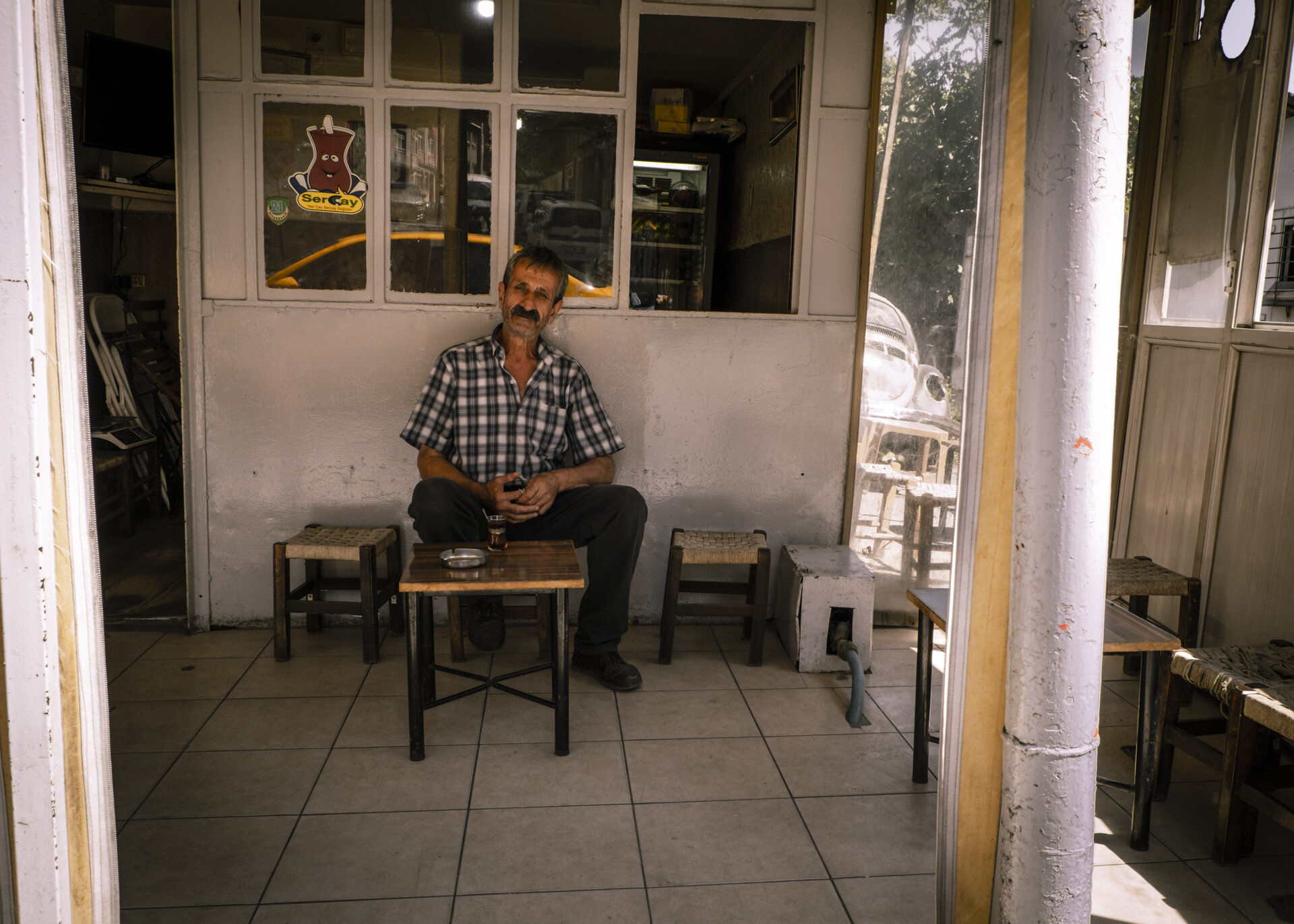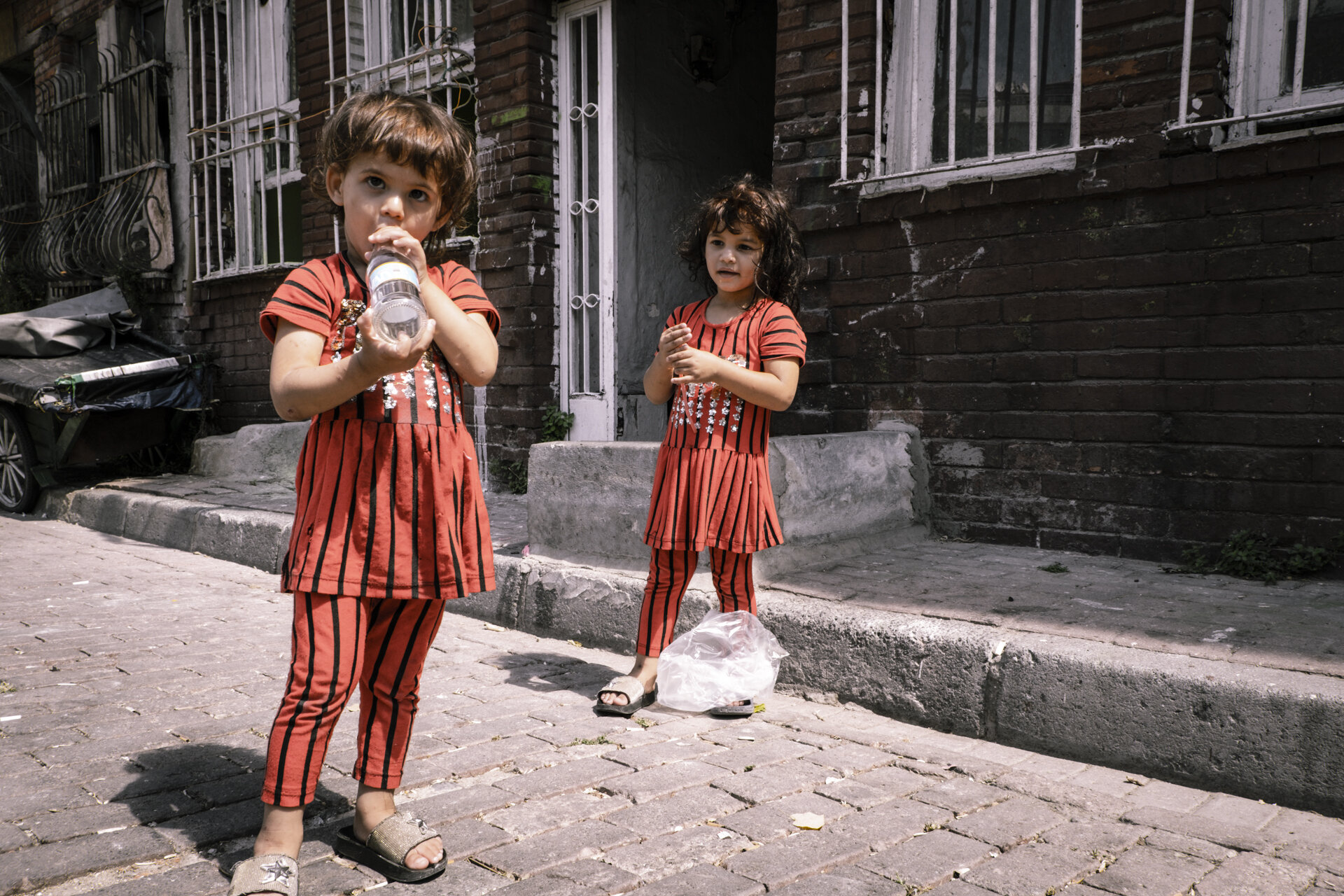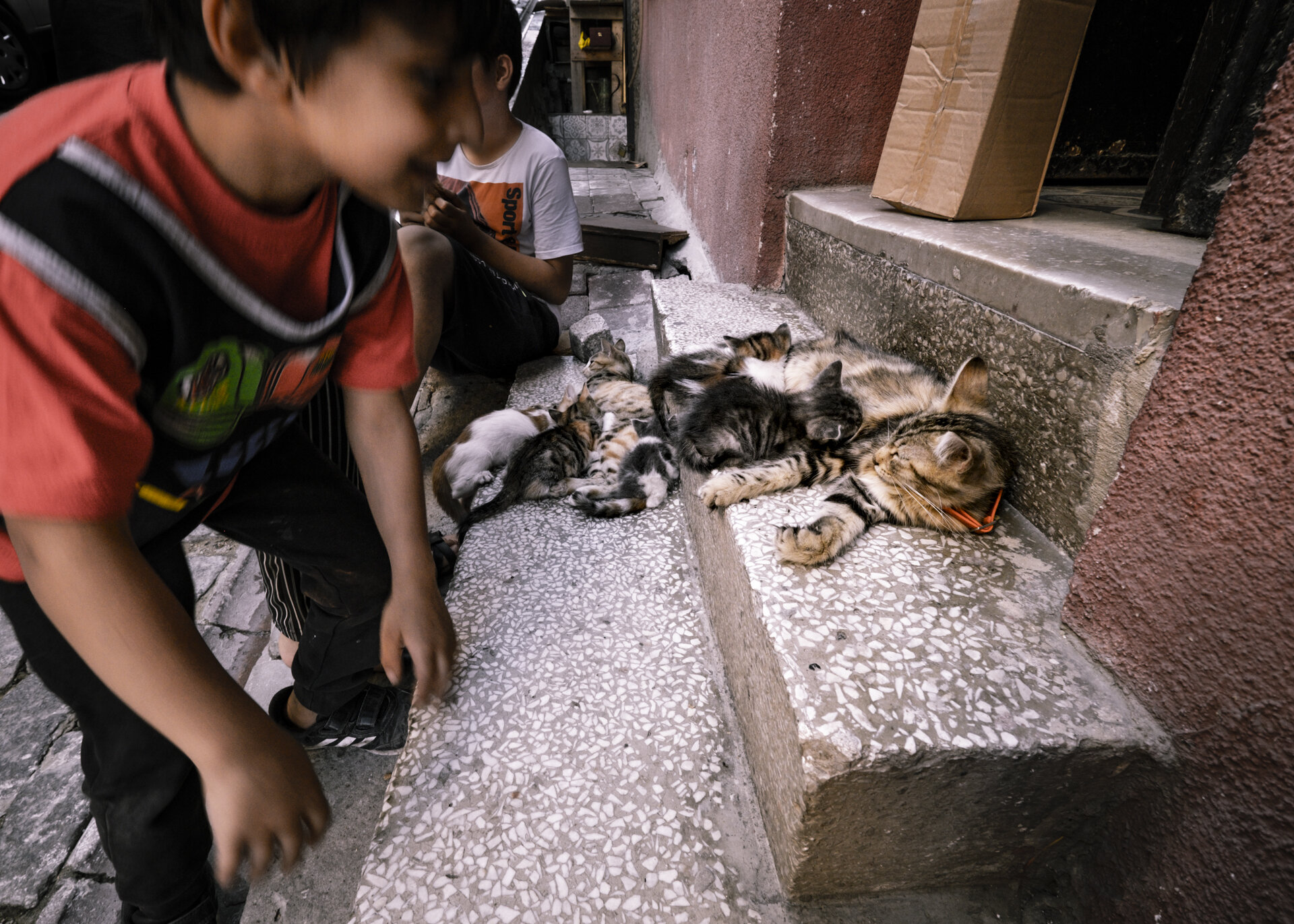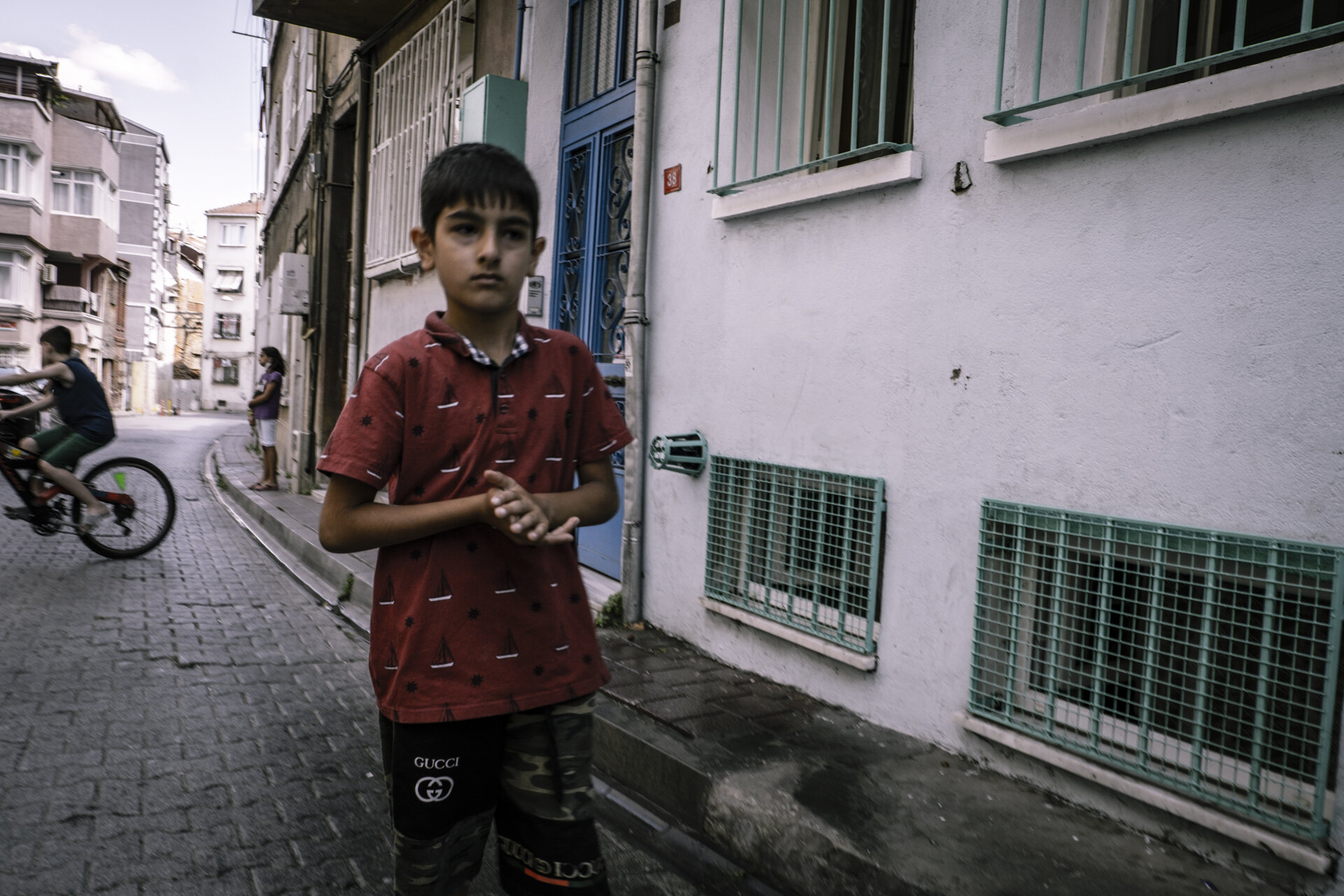Hiring a car and driving in Japan is very easy as long as you have sat nav and money to pay the extortionate road tolls. The Iya Valley is quite an inaccessible place, so we hired a car to wind our way over Mount Tsurugi, the second highest mountain in Western Japan.
We decided to follow Google maps and take the most direct route on a free road, perhaps, in hindsight not the wisest decision. It was a hell of a journey.
The mountains are huge and very steep. The mountain roads become lanes that snake up and up and up. It was hard work.
So at 2000 meters, ears popping, streamwater running over the roads, vision impeded by sun and a sheer drop immediately on one side, it did cross our minds that perhaps this wasn’t the sanest idea. There was no turning back, infact there was no turning… we had to pull over for the odd lumberjack lorry to squeeze past, but other that we were on our own. I wanted a wow factor and this really was a WOW. The mountains are glorious, stunning and wondrous. I love mountains, but these, still shiny, in their autumn glory were a really special sight.
We passed homes that are derelict, some collapsing over the mountain. The random villages were only partially inhabited.
Some three hours later, we saw some farmers harvesting the crops and a street dotted with human-like figures.


